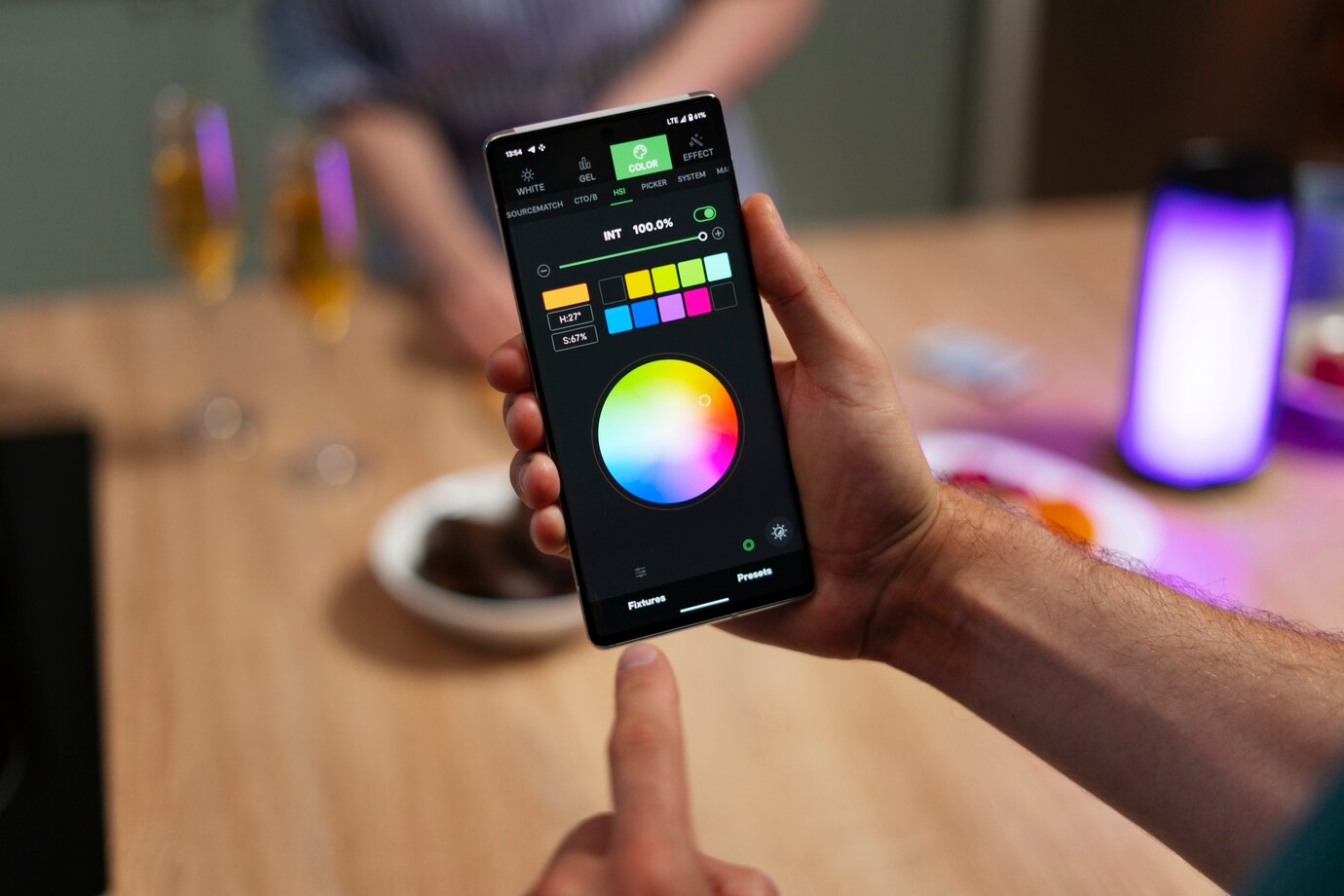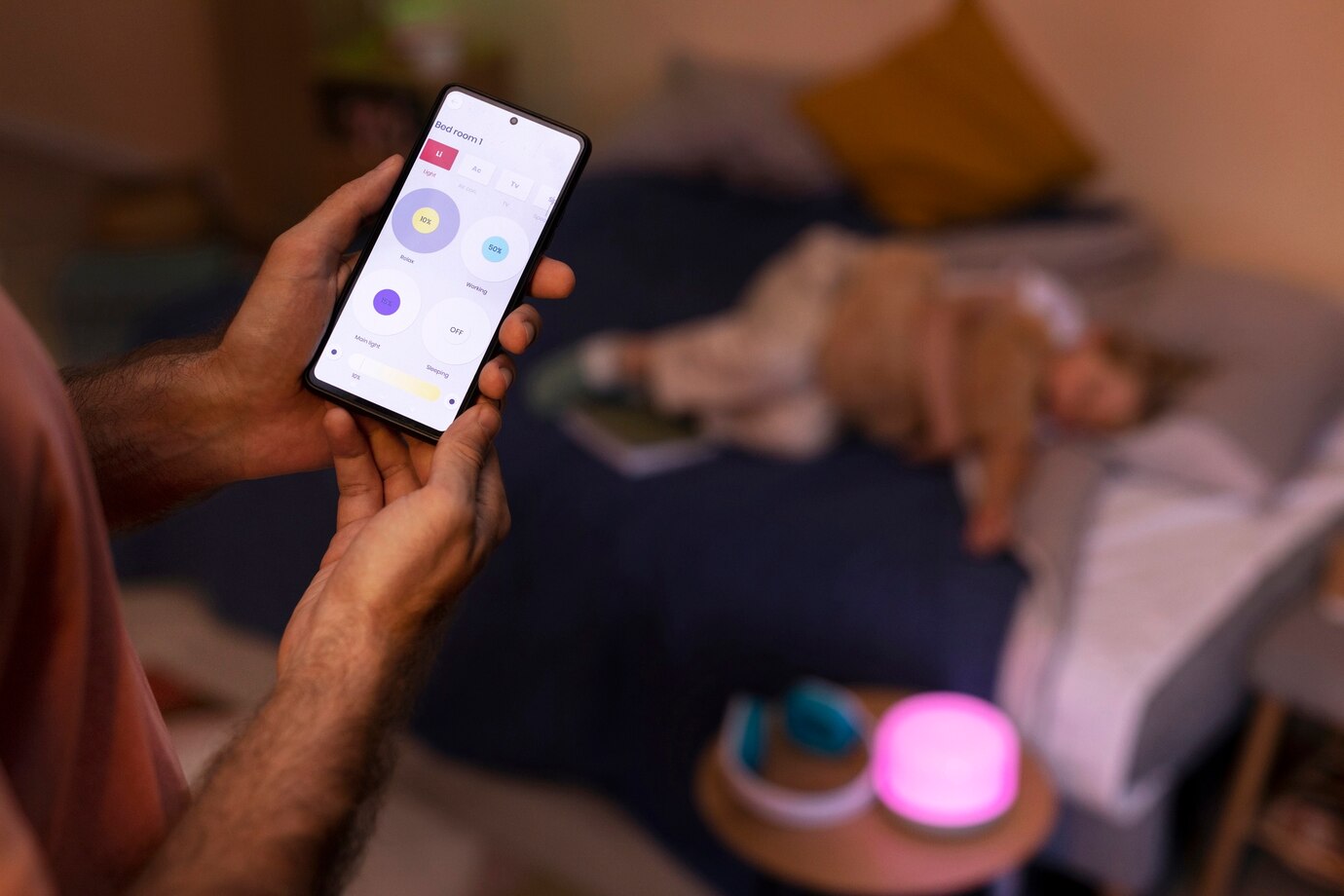The Importance of Accessibility in Mobile App Design
In today’s digital world, mobile applications have become indispensable tools for communication, business, and entertainment. As mobile app development, creating applications that are accessible to everyone, including people with disabilities, is not just a social responsibility but also a strategic advantage. Accessibility in Mobile App design ensures a wider reach, better user experience, and compliance with legal standards
Expanding User Base Through Inclusive Design

In today's mobile ecosystem, users have access to a diverse range of devices, from smartphones to tablets, each varying in screen size, hardware capabilities, and software versions. Mobile app developers face the challenge of ensuring that their app runs smoothly on all these devices, providing a consistent and high-quality experience to users. Optimizing your app for various devices not only boosts user satisfaction but also improves app retention rates and positive reviews.
The need for device optimization extends beyond just aesthetic elements like screen sizes and orientations; it also includes adapting the app’s performance to work efficiently on different hardware, ensuring that it loads quickly and functions well across devices with varying processing powers.
Enhancing User Experience

Accessibility and user experience are closely intertwined. A well-designed accessible app is intuitive, user-friendly, and efficient for all users, not just those with disabilities. Features like scalable text, contrast adjustments, and alternative text descriptions enhance usability, making the app more comfortable for people with temporary impairments or situational challenges, such as using the app in bright sunlight.
Mobile app developers should conduct usability testing with diverse user groups to identify potential barriers. This process ensures the app’s interface is logical, navigation is seamless, and interactive elements are easy to locate and use.
Meeting Legal and Ethical Standards

Various countries have enacted accessibility laws and guidelines, such as the Americans with Disabilities Act (ADA) in the United States and the Web Content Accessibility Guidelines (WCAG) internationally. Non-compliance can result in legal penalties, financial losses, and damage to a company’s reputation.
Mobile app developers must stay updated on these regulations to ensure their apps meet legal standards. Incorporating accessibility from the initial design phase is more cost-effective than retrofitting it after development. Accessibility compliance also demonstrates a company’s commitment to social responsibility and ethical business practices.
Boosting Brand Loyalty and Reputation

An accessible Mobile App fosters brand loyalty by creating positive user experiences. Satisfied users are more likely to recommend the app, leave positive reviews, and remain loyal customers. By showing empathy and consideration for all users, companies can build a positive brand image and strengthen their market presence.
Moreover, accessibility can be a unique selling point in a competitive app market. Mobile app developers who integrate accessibility features can differentiate their products, earning trust and respect from users and industry peers alike.
Driving Innovation and Technological Advancement

Designing for accessibility encourages innovation. When mobile app development focus on overcoming accessibility challenges, they often discover creative solutions that benefit all users. Features like voice control, gesture-based navigation, and real-time captions were initially designed for accessibility but have become popular among the general user base.
Innovation driven by accessibility leads to more versatile and adaptive applications. Developers can create pioneering features that set industry trends, ensuring long-term success and technological leadership.
Best Practices for Accessibility in Mobile App Design

To ensure accessibility, mobile app development should follow established guidelines like WCAG and platform-specific accessibility standards such as Apple’s Human Interface Guidelines and Android’s Accessibility Guidelines. Key practices include:
1. Designing with clear navigation and consistent layouts.
2. Providing alternative text for images and icons.
3. Supporting screen readers and voice commands.
4. Offering customizable settings for text size and color contrast.
5. Conducting regular accessibility audits and usability tests.
Conclusion

Accessibility in Mobile App design is no longer optional; it is essential for success in today’s competitive digital landscape. Mobile app developers who prioritize accessibility expand their user base, enhance user experience, comply with legal standards, and build stronger brands. By fostering innovation and inclusivity, they contribute to a more equitable digital environment where everyone can thrive. Ultimately, accessible design is not just good practice—it is the foundation of sustainable and socially responsible Mobile App development.






